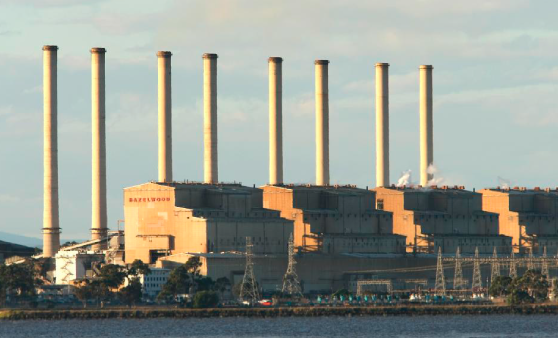Victorian energy users without a bold plan will be in big trouble following Hazelwood closure
March 20, 2017

Hazelwood, a brown coal-fired power station located in the Latrobe Valley in Victoria, is scheduled to progressively close down from the 24th to the 29th of March 2017. It was built between 1964 and 1971 and with an emissions intensity of 1.52 tCO2/MWh, it is the most carbon polluting power station in Australia and one of the worst in the world. In 2016 alone, Hazelwood emitted 15.5 million tonnes of CO2 into the atmosphere. Its imminent closure is a big win for the environment and certainly a necessary step in decarbonising Australia’s electricity grid.
However, the transition period following Hazelwood’s closure is likely to have big price impacts on Victorian energy users, most of all those who are unprepared for the changes. Hazelwood represents about 12% of Victoria’s available generation and the sudden departure of this cheap power source is likely to create big upward movements in the wholesale electricity market. Electricity futures have already been pricing in this risk for some time but just what kind of impact might we see in the spot market?

Generators place bids into the market that specify how many megawatts of power they are willing to supply at certain price points. The market then selects the lowest cost generation (given constraints) to serve demand during each dispatch interval. Figure 1 shows the average of the 5 minute generator bids during 2016 for Victoria as a total and then just for the Hazelwood Power Station. Hazelwood has been bidding nearly all of its output at a price less than or equal to $0/MWh. The closure of Hazelwood will act to remove an average of 1160 MW from the cheapest rung in the bid stack.
During 2016, the 30 minute Victorian spot price did not reach the $10,000/ MWh mark. However, if we eliminate Hazelwood from the equation, pricing had the potential to be in the $10,000-14,000/MWh range up to 10% of the time. In reality, peaking generators would most likely upwardly adjust their expectations regarding how many hours they will run and hence could lower their bid prices while maintaining current profitability levels. As we can see from Figure 1, bidding in the $1,000-10,000/MWh range was almost non-existent so we might see some of the red zone bids coming down into this bracket. Either way, significantly higher volatility is almost certain.
Fortunately, with great volatility comes great opportunity. Forward thinking energy users will be able leap ahead of competitors while others risk falling further behind in an already difficult environment. If you would rather be in the former camp, contact Energy Synapse and we will help you navigate the changes.
*Raw carbon, generation and bidding data from NemSight.
Author: Marija Petkovic, Founder & Managing Director of Energy Synapse
Follow Marija on LinkedIn | Twitter